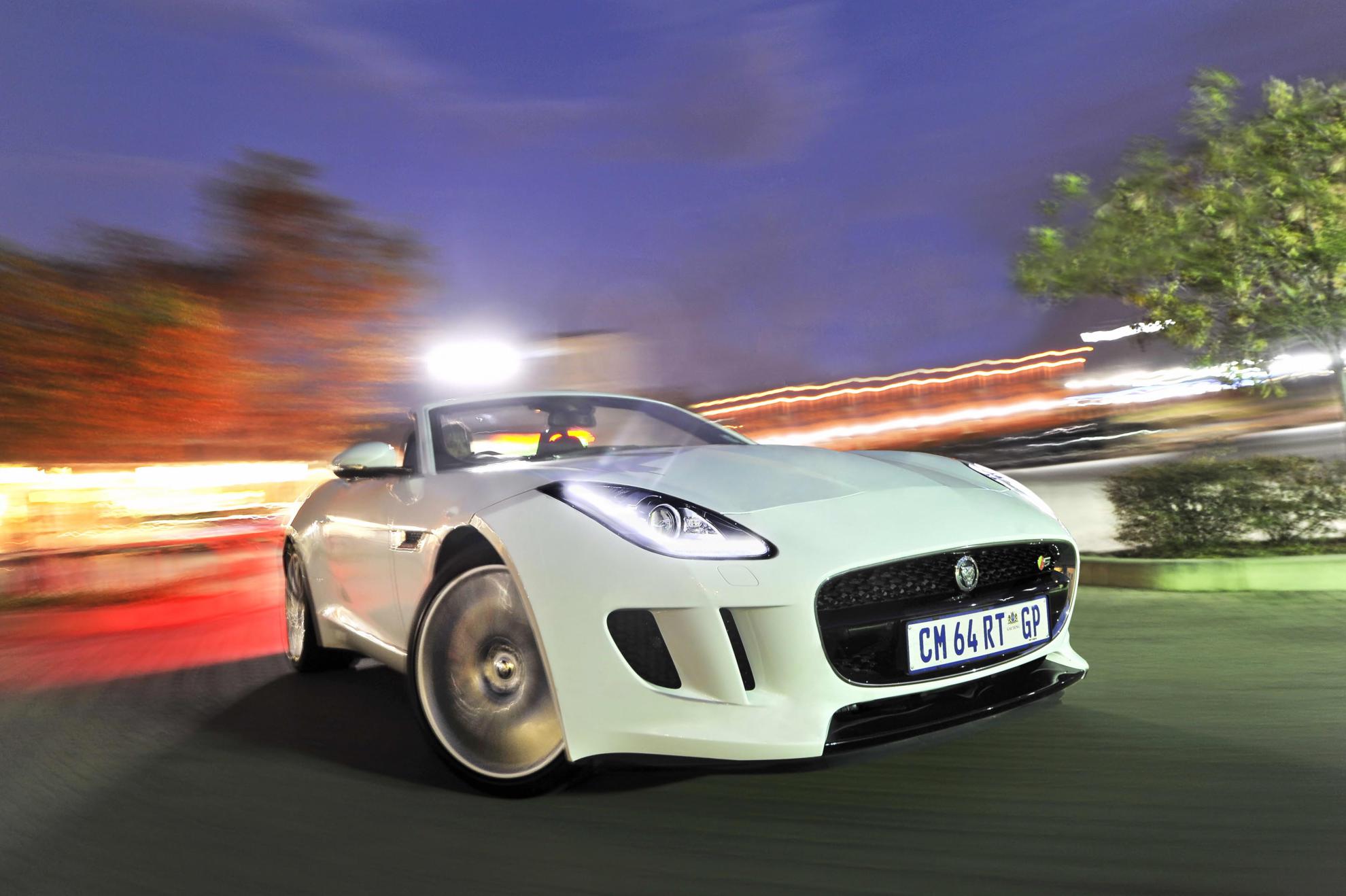-
Introduced in 1951, the Jaguar C-Type went on to win Le Mans twice
-
D-Type successor notched up three Le Mans victories between 1954 and 1957
-
Iconic E-Type sold over 70,000 after its launch in 1961
-
F-TYPE returns a true-blooded sportscar to the Jaguar line-up

19 July – Since Jaguar’s inception within the roots of the Swallow Sidecar Company in 1922, a host of dynamic Jaguars have graced the best roads and race tracks around the world. The evocative SS100 from the 1930s and indomitable XK120 launched in 1948 matched grace with pace.
But it was the “Type” cars that really put Jaguar on the map and created a legacy that lives today in the F-TYPE.
Jaguar went racing in 1951 with the innovative C-Type. Its aerodynamic shape was advanced for the time, yet simplistically stylish at the same time. And while its tubular chassis and wire wheels were fairly traditional, its 3,4-litre XK straight-six was a development of the XK120’s engine – a family of engines that would continue for nearly five decades – was the beginning of the successful car’s ingenuity.
Twin cam engines were far from the norm immediately post-war. But the Jaguar C-Type’s master-stroke was the innovative use of disc brakes developed from the aviation industry. It endowed the C-Type with immense stopping power and braking reliability far superior to the competition – it resulted in two Le Mans victories up until 1953.
The C-Type’s successor upped the ante even further. Steel wheels and an even more aerodynamic design – including the statement tail-fin head fairing to improve high-speed stability – made the D-Type a major force to be reckoned with. But its monocoque centre-tub structure was the D-Type’s ace that continued Jaguar’s onslaught on endurance racing to include another three Le Mans victories.
Jaguar made a foray into the road sportscar market with the D-Type, the evocative car called the XKSS. Owners included cool-king Steve McQueen, but a factory fire put paid to the plan when most of the production got burned out.
So Sir William Lyons turned his attention to the E-Type. It revolutionised the sportscar market when it arrived in 1961 and went on to sell over 70,000 cars until 1974. It was available in drop-head and fixed-head guise, starting out with a 3,8-litre version of the XK straight-six and culminating in a 5,3-litre V12.
Collectors today are of the view that the E-Type could rank amongst the most exotic and valuable sportscars of all-time had it not been such a commercial success. Irrespective, the Jaguar F-TYPE is a worthy title-holder to mark the brand’s return to the sportscar market. The innovation continues courtesy of its aluminium construction; as does the performance thanks to 250kW, 280kW, and 364kW V6 and V8 models.
All the Jaguar hallmarks continue to be represented in the exciting F-TYPE – dynamic sportscar engineering, technical innovation, beautiful styling and the allure of an iconic British sportscar brand. Jaguar truly is more alive than ever.